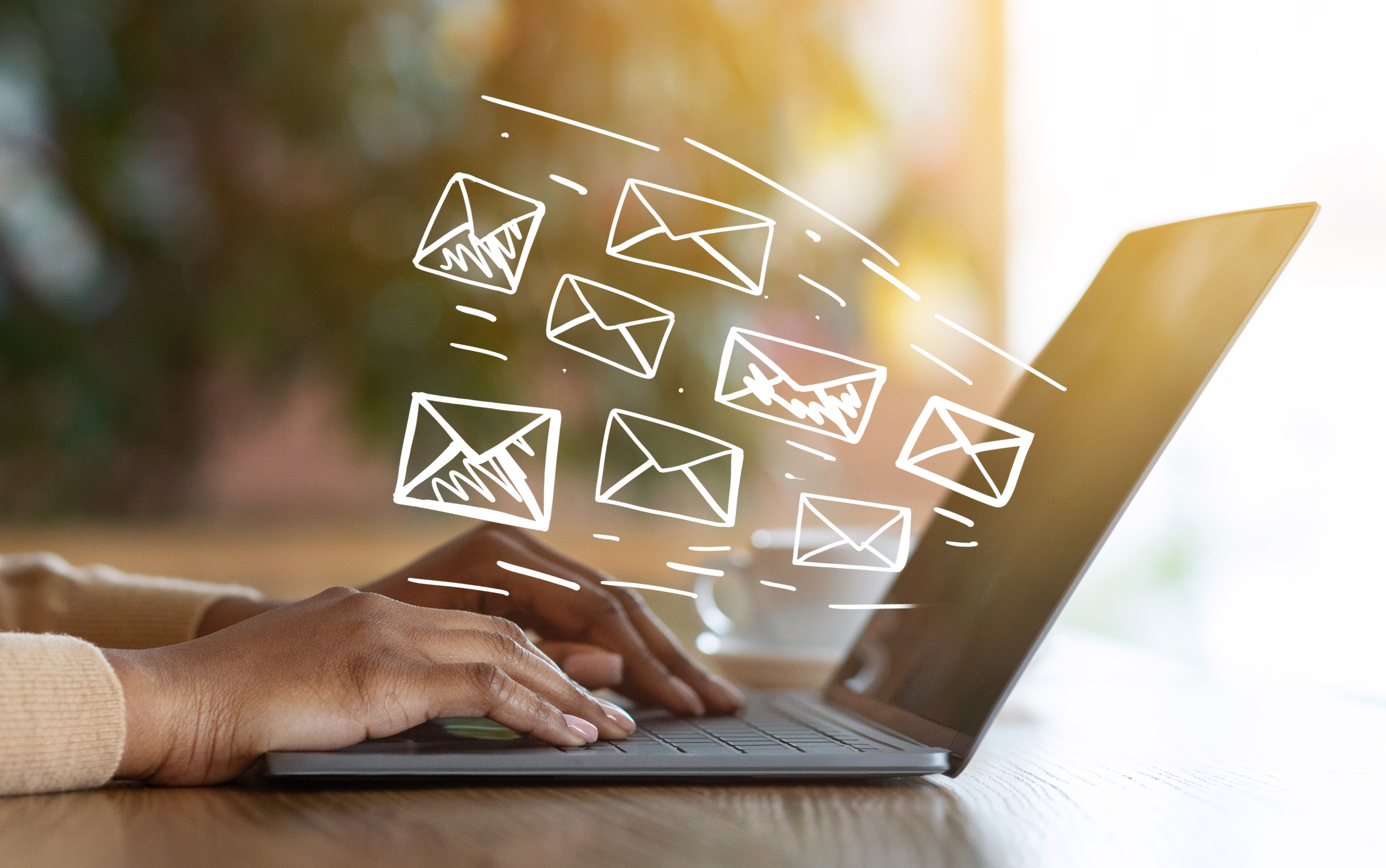
How to Craft a Customer Retention Strategy That Works
In a world where acquiring new customers often steals the spotlight, the value of customer retention is sometimes overlooked. Yet, retaining customers is not just more cost-effective—it’s also a proven strategy for driving sustainable growth. Research shows that increasing customer retention by just 5% can boost profits by as much as 95%.
In this piece, we’ll explore why retention matters, the techniques that work, and the tools that can help businesses of all sizes keep their customers coming back.

Why Customer Retention Should Be Your Priority
The cost of acquiring new customers is significantly higher than retaining existing ones. A study by Bain & Company reveals that acquiring a new customer is anywhere from 5 to 25 times more expensive than retaining one. Beyond cost savings, loyal customers also tend to spend more, recommend your brand to others, and offer valuable feedback.
Retention isn’t just about loyalty—it’s about maximizing the lifetime value of every customer. The question is: how do you craft a retention strategy that works?
1. Build a Seamless Onboarding Experience
First impressions are everything. A seamless onboarding experience sets the tone for your relationship with a customer and reduces the likelihood of churn early on.
Effective Techniques:
Welcome Emails: Send a personalized email thanking the customer and outlining how to get started.
Step-by-Step Tutorials: Provide clear guidance on how to use your product or service, whether through videos, FAQs, or live demos.
Check-Ins: Reach out after key milestones (e.g., a week after purchase) to ensure the customer is satisfied.
Tools to Use:
Customer.io: Automates personalized onboarding sequences.
AI Legacy Builder: Offers an all in one marketing software with CRM tools to manage and track every aspect of marketing.

2. Prioritize Customer Feedback and Act on It
Retention isn’t just about communication—it’s about listening. Customers want to feel heard, and businesses that act on feedback build trust and loyalty.
Effective Techniques:
Surveys: Use tools like Typeform or Google Forms to gather feedback on their experience.
Net Promoter Score (NPS): Gauge customer satisfaction by asking how likely they are to recommend your business.
Follow Through: Share how you’re using their feedback to make improvements, reinforcing that their voice matters.
Tools to Use:
Qualtrics: Advanced feedback collection and analytics.
Medallia: Tracks customer sentiment and identifies improvement areas.
3. Leverage Personalization
Today’s customers expect personalized experiences. Businesses that deliver tailored interactions are more likely to keep customers engaged and satisfied.
Effective Techniques:
Tailored Recommendations: Use purchase history or browsing data to suggest relevant products or services.
Customized Communication: Address customers by name and send emails that reflect their interests or past purchases.
Exclusive Offers: Reward loyalty with personalized discounts or early access to new products.
Tools to Use:
Segment: Collect and analyze customer data for personalization.
Dynamic Yield: Delivers real-time personalized recommendations.

4. Build a Loyalty Program
Loyalty programs incentivize repeat purchases and foster deeper connections with your brand. These programs make customers feel appreciated and give them a reason to stay.
Effective Techniques:
Point-Based Systems: Reward customers for every purchase, which can be redeemed for discounts or freebies.
Tiered Rewards: Offer increasing benefits as customers spend more or reach milestones.
Experiential Rewards: Include exclusive perks like VIP access, behind-the-scenes content, or personal consultations.
Tools to Use:
Smile.io: Easy-to-implement loyalty program software.
LoyaltyLion: Tailored rewards programs for e-commerce.
5. Proactively Address Churn
Customers don’t disappear without warning—there are often signs of disengagement before they leave. Identifying and addressing these signals can significantly reduce churn.
Effective Techniques:
Monitor Engagement Metrics: Track declining usage, open rates, or interaction frequency.
Re-Engagement Campaigns: Use personalized emails or special offers to win back inactive customers.
Exit Surveys: When a customer leaves, ask why and use this data to prevent future churn.
Tools to Use:
ChurnZero: Predicts churn risks and automates re-engagement.
Intercom: Monitors customer engagement and triggers personalized messages.

6. Invest in Customer Support
Exceptional customer support is often the deciding factor between staying or leaving. Fast, effective, and empathetic responses can turn a dissatisfied customer into a lifelong advocate.
Effective Techniques:
24/7 Availability: Offer multiple support channels, such as live chat, email, and phone.
Empower Your Team: Train your team to resolve issues quickly and empathetically.
Self-Service Options: Provide detailed FAQs, how-to guides, and video tutorials for quick resolutions.
Tools to Use:
Zendesk: Comprehensive customer support platform.
Freshdesk: Easy-to-use help desk software with automation features.
The ROI of Retention
Customer retention isn’t just a tactic—it’s a strategy with undeniable ROI. Loyal customers are more likely to spend more, refer others, and provide valuable insights to improve your business.
By focusing on onboarding, personalization, feedback, loyalty, and proactive engagement, you can create a retention strategy that not only keeps your customers but also transforms them into brand advocates.
Remember, in today’s competitive market, it’s not enough to gain new customers—you need to keep them. Start with these strategies, and watch your retention rates soar.